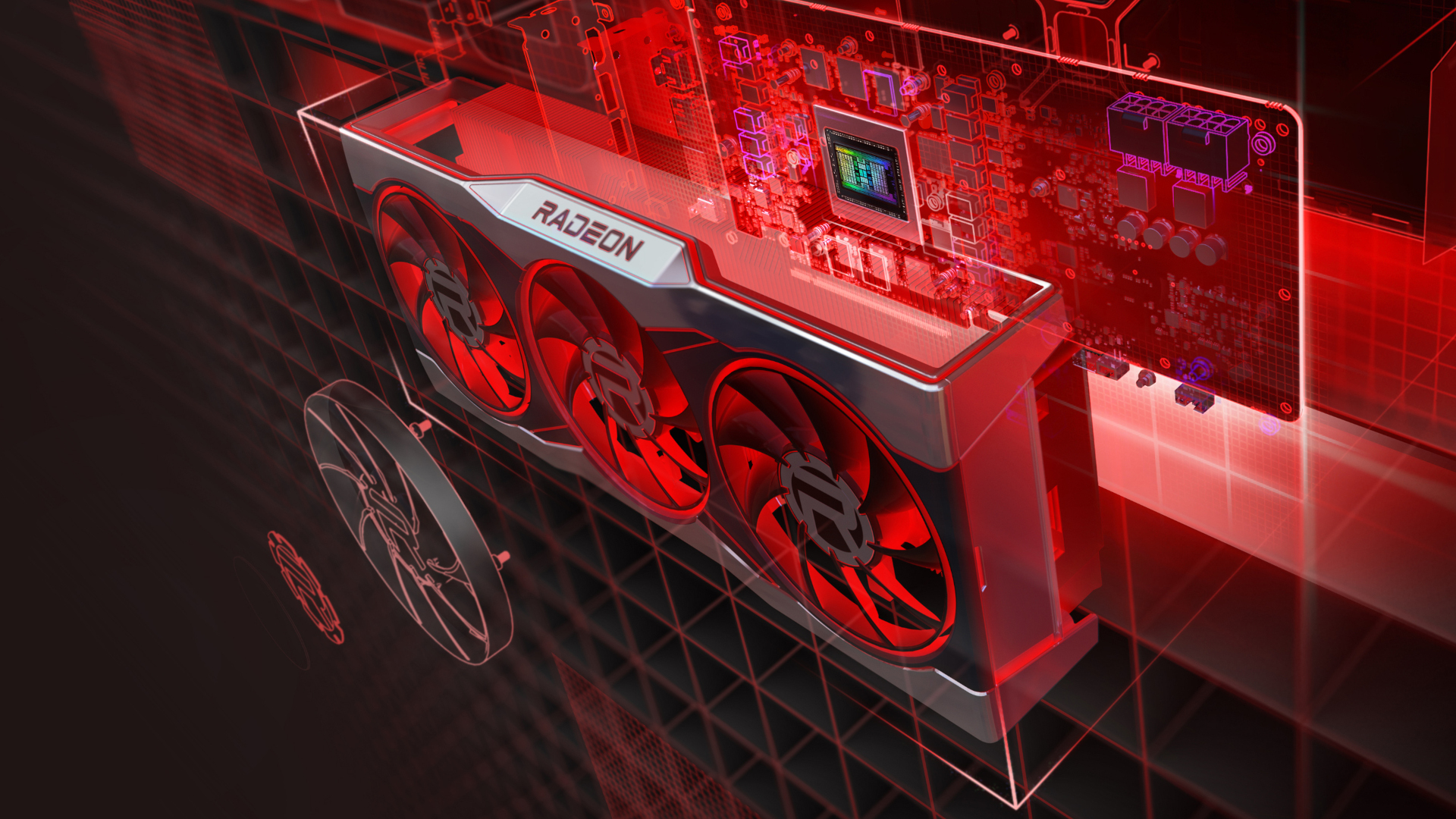The first chips of the series Navi 3xnamely Navi 31 a Navi 33, suffered from a problem where they cannot run at the originally intended clocks and the frequencies remain at the level of the previous generation, in some models they are even lower. It is not publicly known what exactly the problem is, but the tests suggest a lot: The core Navi 31 it has no problem reaching clocks around 3.5GHz if it’s running a compute load. However, when it comes to graphics load, the stable frequency of the same chip does not even reach 3 GHz, and the consumption increases extremely. It could follow that the bug does not concern the arithmetic units and perhaps not even the data transfer, but some part that is stressed only in the graphics load (ROP? TMU?).
U GPU Navi 33 the impacts are all the more noticeable because the core is created on a 6nm process, not on a 5nm process (like Navi 31), which, due to lower energy requirements, can absorb part of this problem. Parameters of mobile variants Navi 33 have already shown that for an increase in clocks compared to the previous generation (Navi 23) there is no space, and some models, on the contrary, have even lower clocks:
Incidentally, for the desktop Radeon RX 7700 XT (if this name is confirmed), this means not only that it will not reach the performance of the Radeon RX 6800, but also the Radeon RX 6700, and rather it will be in the range of the Radeon RX 6600 and 6700. This, of course, at a suitable price performance will not be thrown away, but from the point of view of a customer looking for a product at the performance level of last year’s higher mainstream, this novelty will not be very interesting. It will attract more attention with its multimedia equipment and price/performance ratio.
In addition, some sources brought information that refresh Navi 31 / 33 ended up on the ice. AMD seems to have decided that rather than sacrificing human resources (of which it is in short supply) on products that would not reach the market until the second half of the year (more like the end of the third quarter), it would be more appropriate to emphasize the RDNA 4 generation, which is going to be next year. The powers that be would deal with the refresh Navi 31 / 33, it is necessary to take from somewhere, the result would not save the sales of this generation, and the withdrawal of engineers from the preparation of future projects could have worse consequences than the failure to release a refresh of two chips ~ a year before their definitive replacement by a new generation. It looks like the only discrete GPU of the RDNA3 generation that will have the problem largely resolved will be Navi 32 set to be presented perhaps at Computex 2023. In the integrated segment, the same applies to APUs Phoenix and subsequently the APU Strix Point planned for next year, which should hopefully be completely free of the problem with clock frequencies.


